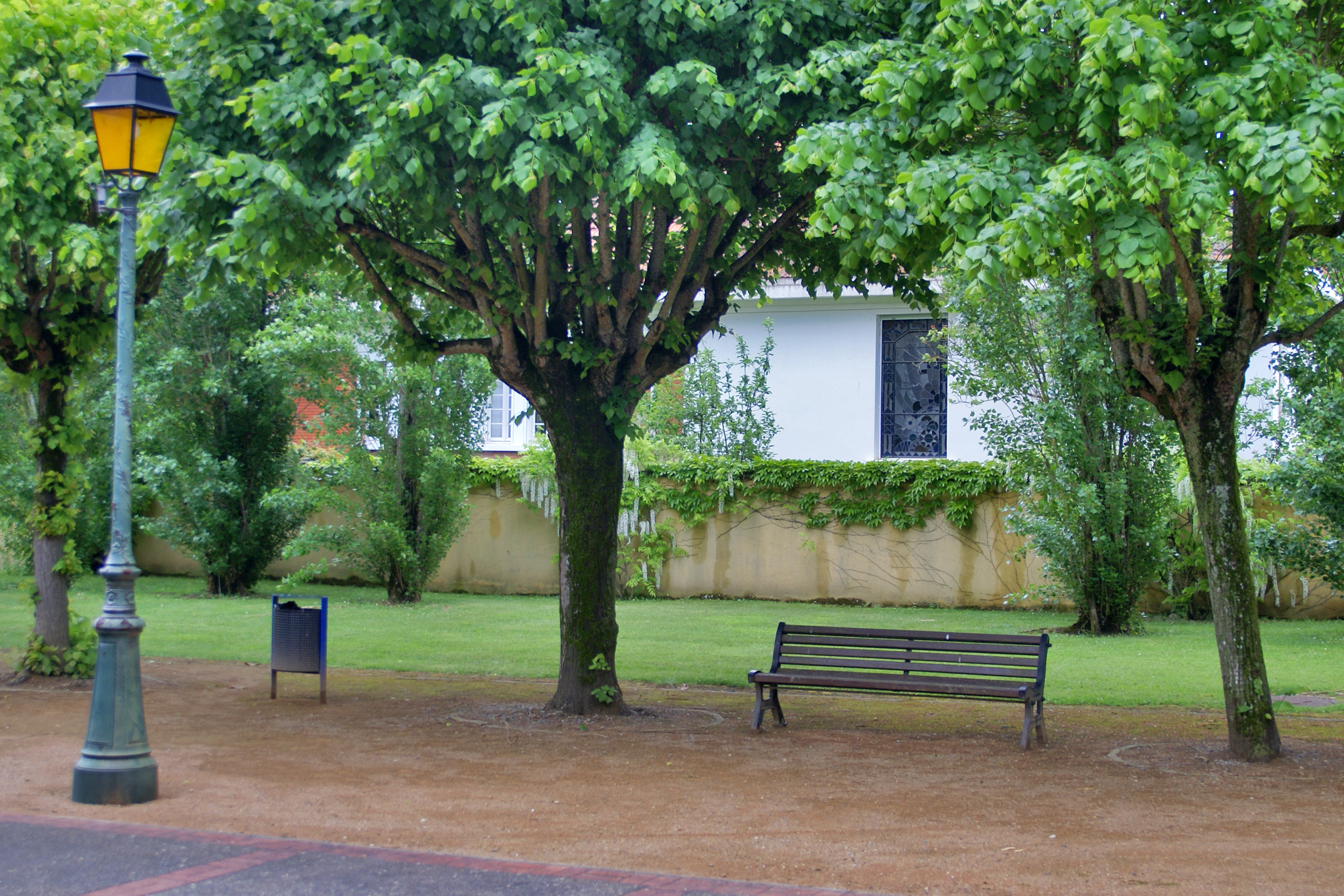
By Heather Cameron
They may be something most of us see every day but take for granted – the area of green space we pass on our way to work or frequent in our lunch break. And although we might make use of such spaces on a regular basis, is the true value of them really understood?
As highlighted by a recent report from the Land Trust, green spaces provide even more to society than we often think about.
Wider value
It has long been recognised that green spaces provide multiple benefits to communities and wider society, but there has been limited robust evidence on their wider economic value. The Land Trust report highlights that the services delivered by soil, grass, flowers, trees and water provide society and the economy with significant benefits.
It suggests that several important functions are provided by these green spaces, including:
- Reducing and preventing flooding
- Cleaning our water
- Storing and removing carbon
- Cleaning our air, reducing air pollution
Such functions help to alleviate costs to local and wider communities, such as to the health service, other public services and local businesses. Previous research has similarly alluded to such benefits.
Independent research by UK scientists in 2011 highlighted the true value of nature in relation to the economic, health and social benefits, estimating that it was worth billions of pounds to the UK economy.
Other research has also shown that green space has been linked to reduced levels of obesity in children and young people, and that access to open spaces is associated with higher levels of physical activity and reductions in a number of long-term conditions such as heart disease, cancer, and musculoskeletal conditions.
The proportion of green and open space is also linked to self-reported levels of health and mental health, through improved companionship, sense of identity and belonging and happiness. And living in areas with green spaces is associated with less income-related health inequality, thereby reducing the effect of deprivation on health.
What the Land Trust’s report does differently, is demonstrate these widely recognised benefits in physical and monetary terms to help create a greater understanding of the economic contribution of well-managed green spaces.
Natural capital accounting
A ‘natural capital accounting’ approach was taken to translate these benefits into financial terms, taking consideration of the physical land, its quality, how it is managed, used and the functions it performs.
Two different parks – Silverdale Country Park in the Midlands and Beam Parklands in London – were used in the study to demonstrate this value. Overall, Silverdale’s annual natural capital value was estimated to be £2.6 million, with a return on investment of £35 for every £1 invested, while Beam Parklands’ natural capital value, based on a 99 year period, has been valued at £42 million – an increase of £21 million since 2009.
Other benefits provided by Silverdale include:
- Nearly £400,000 per year of flood risk reduction benefits
- An annual value of £82,000 for the park and its maintenance to retain and purify water
- A wider annual value of £840,000 of absorbed and stored carbon
- A potential increase of 113% in local air pollution absorption since 2011
Other benefits provided by Beam Parklands (primarily a flood defence) include:
- Nearly £600,000 per year of flood risk reduction benefits
- Nearly £800,000 per year of educational and health benefits to the local community
As two well-maintained green spaces, they indicate the importance of long-term investment.
Final thoughts
Perhaps these financial values will help people to better comprehend the true value of our green spaces. As the report notes, it is important to remember that they are “not ‘one off’ monetary values or price tags” but rather an indication of what our green spaces are worth and their benefits to both society and the economy.
Put simply, as the Land Trust concludes, “green spaces… are valuable to society”.
If you enjoyed reading this, you may also like our previous articles on pocket parks and green spaces.
Follow us on Twitter to see what developments in public and social policy are interesting our research team.
Share
Related Posts
Supporting residents on the decarbonisation journey: leveraging data for effective retrofit projects
As the drive towards decarbonisation intensifies, the social housing sector’s ability to collect, store and manage vast amounts of data becomes increasingly critical. With a shared goal of creating warmer, carbon-free homes, housing associations’ strategic use of data is essential ....
A recent item on BBC Radio 4’s Today programme generated an unusually high number of responses from listeners. A man who had lost his job in the financial services sector at the age of 57 described his difficulty in trying ....
The recent spikes in energy costs have thrown into sharp focus the challenge of heating our homes. Domestic heating is important, not just for our comfort and wellbeing, but to reduce humidity and prevent condensation. But because traditional heating systems ....
Tackling geographical inequalities is critical for ensuring that all parts of the country have the potential to prosper. When the UK was a member of the European Union, it was entitled to a share of funding from the EU’s structural ....
